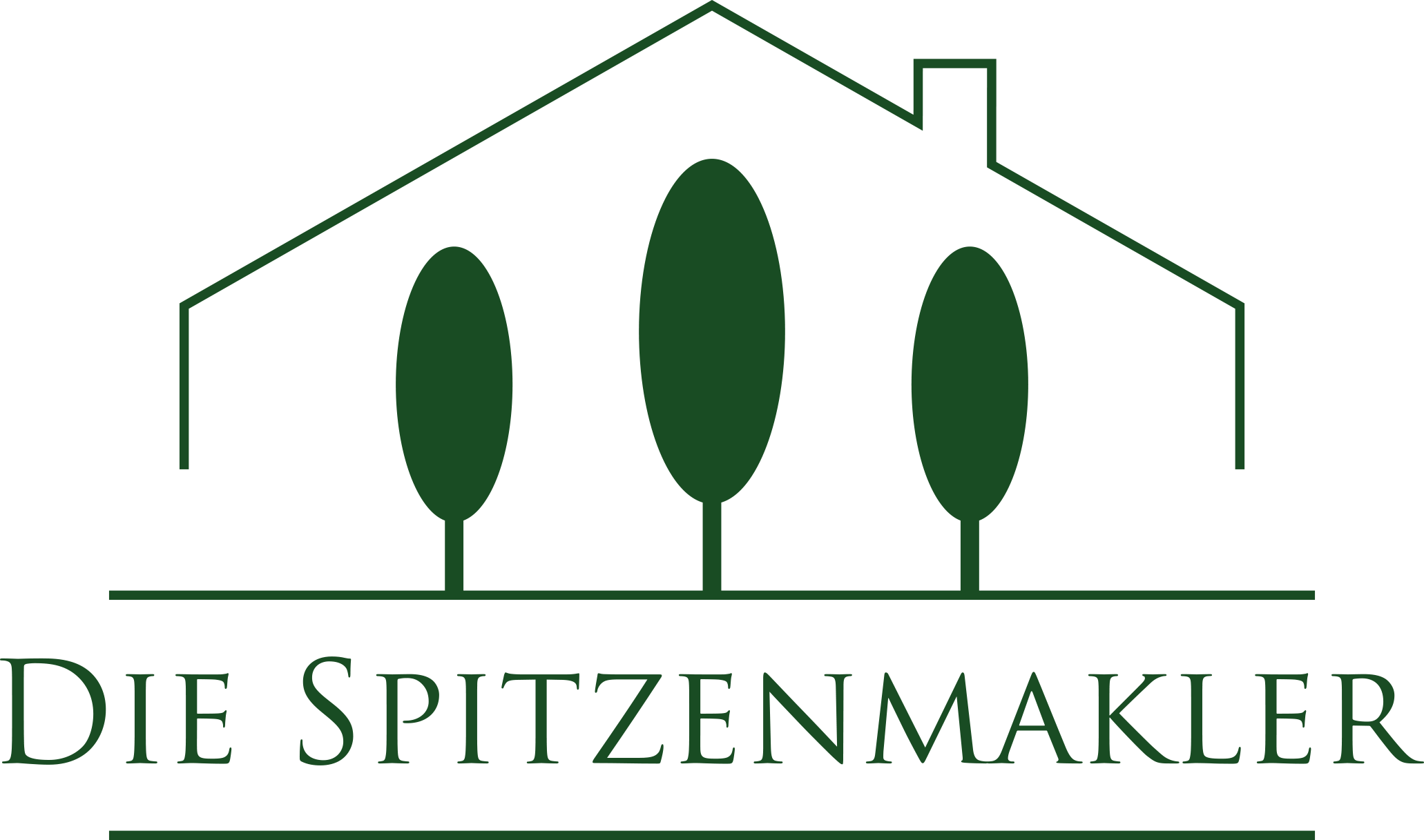Introduction:
In the involved tapestry of mathematics, everywhere precision and logic rule supreme, the dietary routine of math teachers might appear like an unlikely subject with exploration. However , as we look into the fascinating world exactly https://www.bonsie.com/post/skin-to-skin-contact-saves-lives where numbers meet nutrition, an original story unfolds. This article delves into the mathematical minds regarding educators, unraveling the diet patterns that fuel typically the analytical engines of math concepts teachers.
The Numbers Video game: Precision in Portion Control
For math teachers, finely-detailed extends beyond the classroom to their plates. Analyzing section sizes becomes a mathematical activity, with careful consideration of macronutrients and caloric intake. The exact mind excels in making certain each meal is a well-calculated equation, balancing the healthy elements required for optimal performance.
Calories and Calculations: A comprehensive Equation
Math teachers technique their dietary choices just like a well-balanced equation, aiming to gain caloric equilibrium. The aware consideration of energy intake vs expenditure reflects the mathematical mindset’s quest for equilibrium, mirroring the principles of conservation seen in mathematical equations.
Meal Organizing as Algorithmic Mastery
Equally as solving mathematical problems requires step-by-step algorithms, meal planning for math teachers is a systematic process. From calculating the actual nutritional content of substances to devising a well-balanced menu, the algorithmic competence of math teachers extends seamlessly into the kitchen, guaranteeing a nourishing outcome.
Statistical Benefit Analysis: A Data-Driven Process
In the realm of nutrition, math teachers often adopt your data-driven approach. Utilizing data analyses, they assess the nutritional value of different foods, making enlightened decisions based on evidence. The following calculated approach showcases the very mathematical mindset’s inclination towards sensible and evidence-based choices in their dietary patterns.
Geometry around the Plate: Symmetry and Looks
Math teachers, with their appreciation for geometry, bring a feeling of symmetry to their plates. The particular arrangement of food is an aesthetic expression, including geometric patterns. The look and feel aligns with the mathematical ideas of balance and order, creating an appetizing knowledge for both the eyes and the preferences.
Time Management and Dietary Efficiency
Efficiency is a hallmark of mathematical thinking, and even math teachers apply this principle to their eating habits. Occasion management extends to meal research and consumption, ensuring that natural needs are met without the need of compromising precious time dedicated to numerical pursuits.
Food as Issues: Adapting Diets to Individual requirements
Just as mathematical equations conform to varying variables, math course instructors tailor their diets for you to individual needs. Whether accommodating weight loss restrictions or personal preferences, to be able to adjust their nutritional consumption reflects the flexibility inherent on mathematical problem-solving.
Quantifying Healthy Goals: SMART Objectives
Math concepts teachers, accustomed to setting Special, Measurable, Achievable, Relevant, and Time-bound (SMART) objectives in their professional lives, apply similar principles to nutritional goals. The quantification of nutritionary objectives ensures clarity plus success, aligning with the set up approach embedded in precise thinking.
Problem-Solving with Nutritionary Challenges
When faced with eating challenges, math teachers method them as problems for being solved. Whether addressing lack or navigating dietary standards, the mathematical mindset lets them with problem-solving skills, turning dietary challenges into solvable equations.
Community Math: Discussing Nutritional Wisdom
Just as math concepts teachers foster a sense of community in their classrooms, they extend this communal spirit to help nutritional discussions. Sharing strategies, recipes, and nutritional information within the community of maths educators creates a collaborative natural environment where everyone benefits from the collective mathematical knowledge put to use on dietary patterns.
Conclusion:
The intersection of mathematics and also nutrition in the lives with math teachers unveils a good compelling narrative. From excellence in portion control to the visual symmetry of their dishes, the dietary patterns of math teachers reflect the ingrained mathematical mindset. Like we unravel the math of nutrition, we gain insights into a world where numbers but not just shape equations but also guide the choices that sustain the actual analytical minds shaping innovations in mathematical thought.
